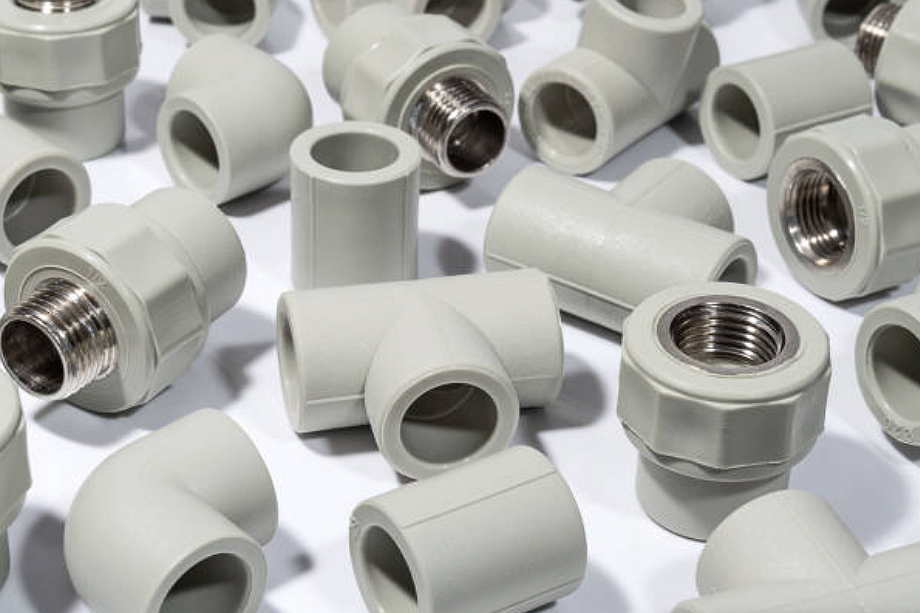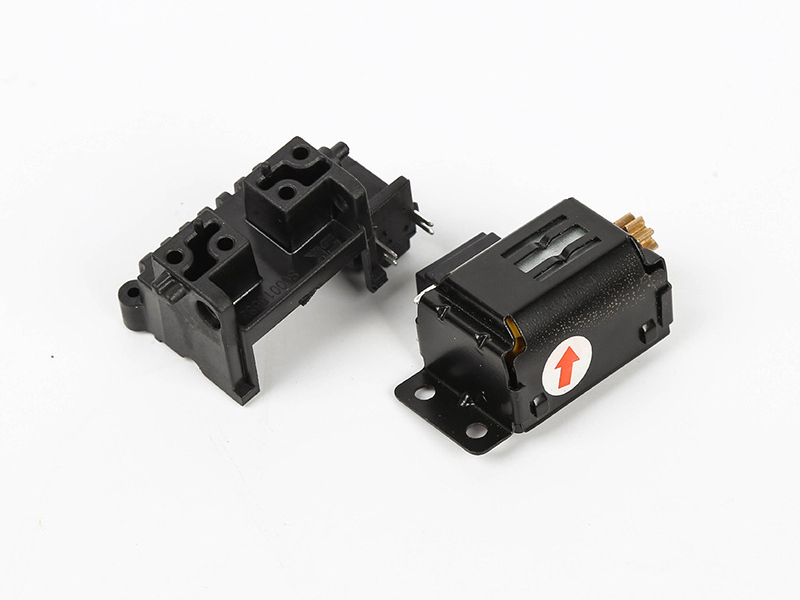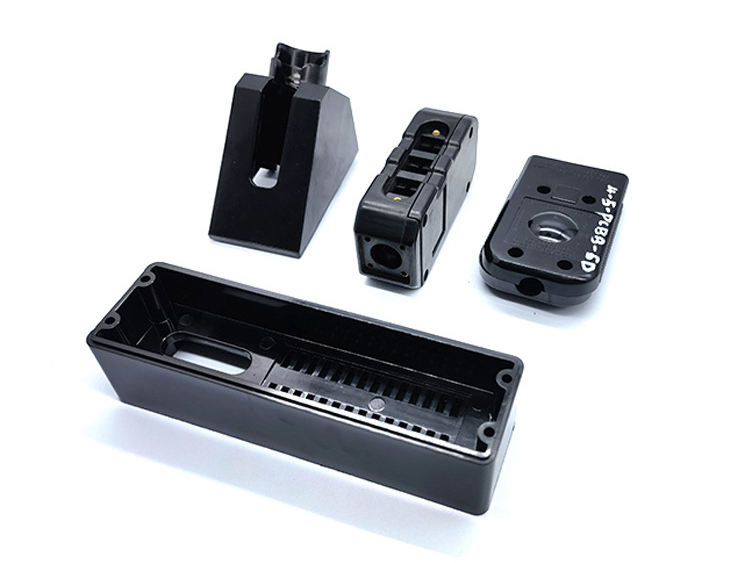Can insert molding handle highly intricate and detailed designs?
Can Insert Molding Handle Highly Intricate and Detailed Designs?
Yes, insert molding is ideally suited for producing intricate and highly detailed parts that demand precision, durability, and functional integration. By molding around pre-placed inserts, designers can create complex geometries with embedded components in a single, seamless structure.
Precision Forming for Complex Geometries
Insert molding utilizes advanced tooling and process control to replicate fine details and tight tolerances. The molten polymer precisely encapsulates inserts made of stainless steel, copper alloy, or ceramic, enabling compact, multi-functional designs that conventional assembly cannot achieve. This precision is vital in medical device housings and automotive sensor applications requiring both electrical isolation and mechanical strength.
Material Versatility for High Complexity
The process accommodates a wide variety of engineering materials — from tough polymers like polycarbonate (PC) and PBT to heat-resistant compounds such as PEEK and PPS. Designers can integrate these plastics with metallic inserts used in metal injection molding (MIM) to achieve a perfect balance between flexibility and rigidity—a crucial factor in consumer electronics and telecommunications products.
Design Freedom and Fine Detail Replication
Insert molding supports features like micro-threads, undercuts, and thin walls with minimal distortion. Compared to standard injection molding, it reduces secondary machining and assembly needs while maintaining detailed surface textures and precise dimensions. Complex internal channels, alignment bosses, and embedded connectors can be molded directly, ensuring a compact and reliable structure.
Applications in Precision Industries
Industries such as aerospace, power tools, and lighting solutions benefit from insert molding’s ability to integrate high-density features without compromising structural stability. The process also aligns with modern rapid prototyping and mass production workflows, making it ideal for both functional testing and end-use manufacturing.



